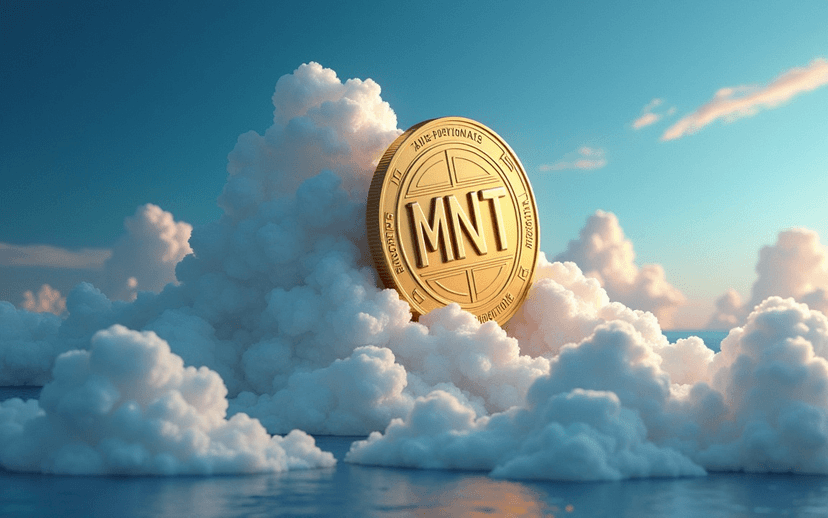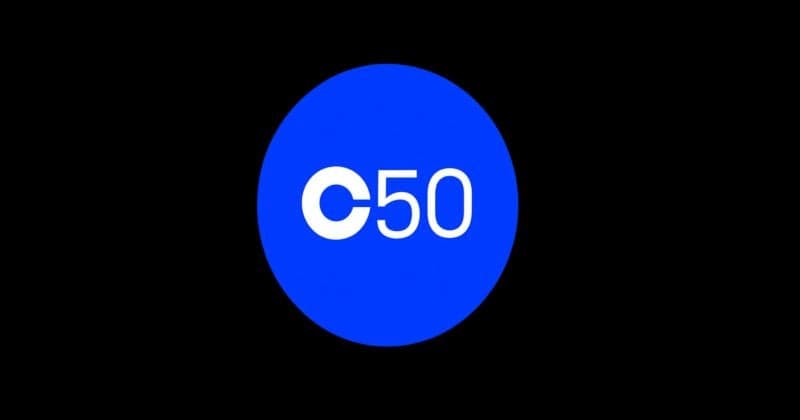About Mantle (MNT)
Mantle (MNT) is a blockchain protocol that emphasizes scalability and efficiency, designed to support decentralized applications and services. While specific details regarding its consensus mechanism and network architecture are not publicly disclosed, Mantle aims to enhance transaction throughput and reduce latency, which are critical for maintaining a robust ecosystem. The migration of BitDAO (BIT) to Mantle on July 17, 2023, signifies a strategic shift toward leveraging Mantle's infrastructure for improved performance and user experience. As the network evolves, it is essential for users to stay informed about Mantle's developments and technological advancements.
Mantle (MNT) serves various use cases in the cryptocurrency ecosystem, primarily focusing on enhancing decentralized finance (DeFi) applications and facilitating seamless transactions. One notable application is its role in enabling efficient token swaps and liquidity provision, which are essential for decentralized exchanges. Additionally, Mantle supports staking and lending services, allowing users to earn rewards on their holdings. The migration from BitDAO (BIT) to Mantle underscores its potential for fostering community governance and participation in decentralized decision-making processes, further solidifying its relevance in the evolving blockchain landscape.
The tokenomics of Mantle (MNT) is structured to support its utility within the ecosystem while promoting sustainable growth. Following the migration from BitDAO (BIT) on July 17, 2023, users received MNT at a 1:1 ratio, establishing a foundational supply. The distribution model emphasizes community engagement and governance, allowing holders to participate in decision-making processes. While specific details on total supply and inflation mechanisms are not publicly available, the design aims to balance supply and demand, ensuring that MNT remains a viable asset for transactions, staking, and participation in decentralized applications.
Mantle (MNT) incorporates robust security features to ensure the integrity and reliability of its network. While specific details about its consensus mechanism have not been disclosed, the network is designed to prioritize secure transaction validation and prevent malicious activities. Typically, blockchain networks utilize a combination of cryptographic techniques and decentralized validation processes to maintain security. This includes mechanisms for verifying transactions and blocks, which are essential for preventing double-spending and ensuring that all transactions are accurately recorded on the ledger. As Mantle evolves, ongoing enhancements to its security protocols will be crucial for maintaining user trust and network stability.
Mantle (MNT) has outlined a development roadmap focused on enhancing its blockchain infrastructure and expanding its ecosystem. A significant milestone was the successful migration from BitDAO (BIT) to Mantle on July 17, 2023, during which users received MNT at a 1:1 ratio, marking a pivotal transition in its operational framework. Future milestones include the implementation of advanced features aimed at improving scalability and transaction efficiency, as well as the introduction of decentralized applications (dApps) to foster community engagement and governance. Ongoing updates and enhancements will be essential for Mantle's growth and adaptation in the competitive blockchain landscape.
How to Keep Your Mantle (MNT) Safe?
To ensure the security of your Mantle (MNT) holdings, consider using a hardware wallet, which provides a secure offline environment for storing your private keys. Recommended options include Ledger and Trezor. For private key management, always generate keys in a secure environment and never share them. Utilize a strong, unique password for your wallet and enable two-factor authentication whenever possible. Be aware of common security risks such as phishing attacks and malware; mitigate these risks by regularly updating your software, using antivirus programs, and only accessing your wallet from secure networks. Implement multi-signature security options to require multiple approvals for transactions, enhancing protection against unauthorized access. Finally, establish a robust backup procedure by securely storing your recovery phrases and wallet backups in multiple physical locations, ensuring they are protected from environmental damage and unauthorized access.
How Mantle (MNT) Works
Mantle operates on a modular blockchain architecture designed to enhance scalability and efficiency by separating execution and data availability layers. Its consensus mechanism is likely based on a variant of Proof of Stake, which facilitates faster transaction finality while ensuring that validators are incentivized to act honestly. The transaction validation process involves a series of cryptographic checks and balances, where transactions are grouped into blocks and verified by a network of validators before being added to the blockchain. Network security measures include robust cryptographic protocols, regular audits, and a decentralized validator set that mitigates the risk of single points of failure. Unique technical features of Mantle may include advanced sharding techniques and interoperability capabilities, allowing it to interact seamlessly with other blockchain networks and enhancing its utility and performance in the broader ecosystem.

